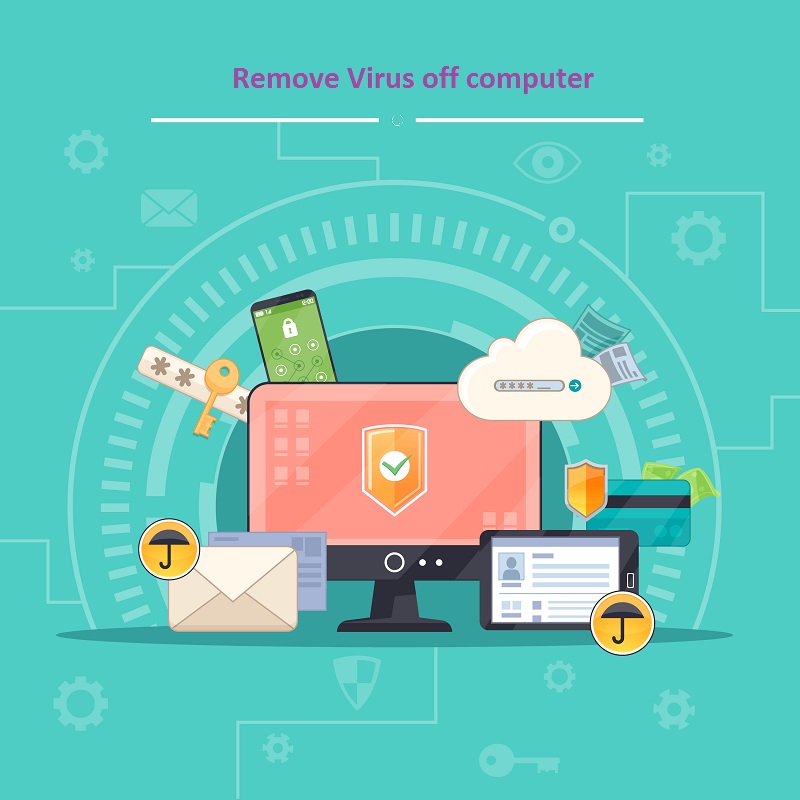


In ransomware attacks, disconnecting the machine may hinder the malware from communicating with the C2 (Command and Control) server. Disconnecting your machine from the Internet servers several functions.įor instance, if your computer is part of a larger network, severing the connection prevents malware from infecting other machines. In this case, consider shutting down or even unplugging your WAP (Wireless Access Point).įor wired connections, sever the connection from the Ethernet menu, under Settings or unplug the cable. Some types of infectors may prevent you from tampering with network controllers. If you’re running on Wi-Fi, switch off the connection from the Wi-Fi menu (Settings –> Wi-Fi). Disconnect your machine from the Internet.Įnsure that your machine has been disconnected from the Internet. Disconnect your machine from the Internet.To remove malware from your machine, please follow the instructions below. If you experience one or more of these signs, chances are that there’s an infection rampaging through your machine. This guide will show you how to remove malware from an affected machine and, of course, what needs to be done in order to prevent future occurrences.ĭepending on the type of malware rooted into your machine, you may experience negative changes such as slowdowns, freezes, denial of service, malvertising, high resource consumption, random messages appearing on the screen, browser redirection, and so on. Malicious software (malware) can severely impact your machine, whether you’re using a work or home computer.


 0 kommentar(er)
0 kommentar(er)
